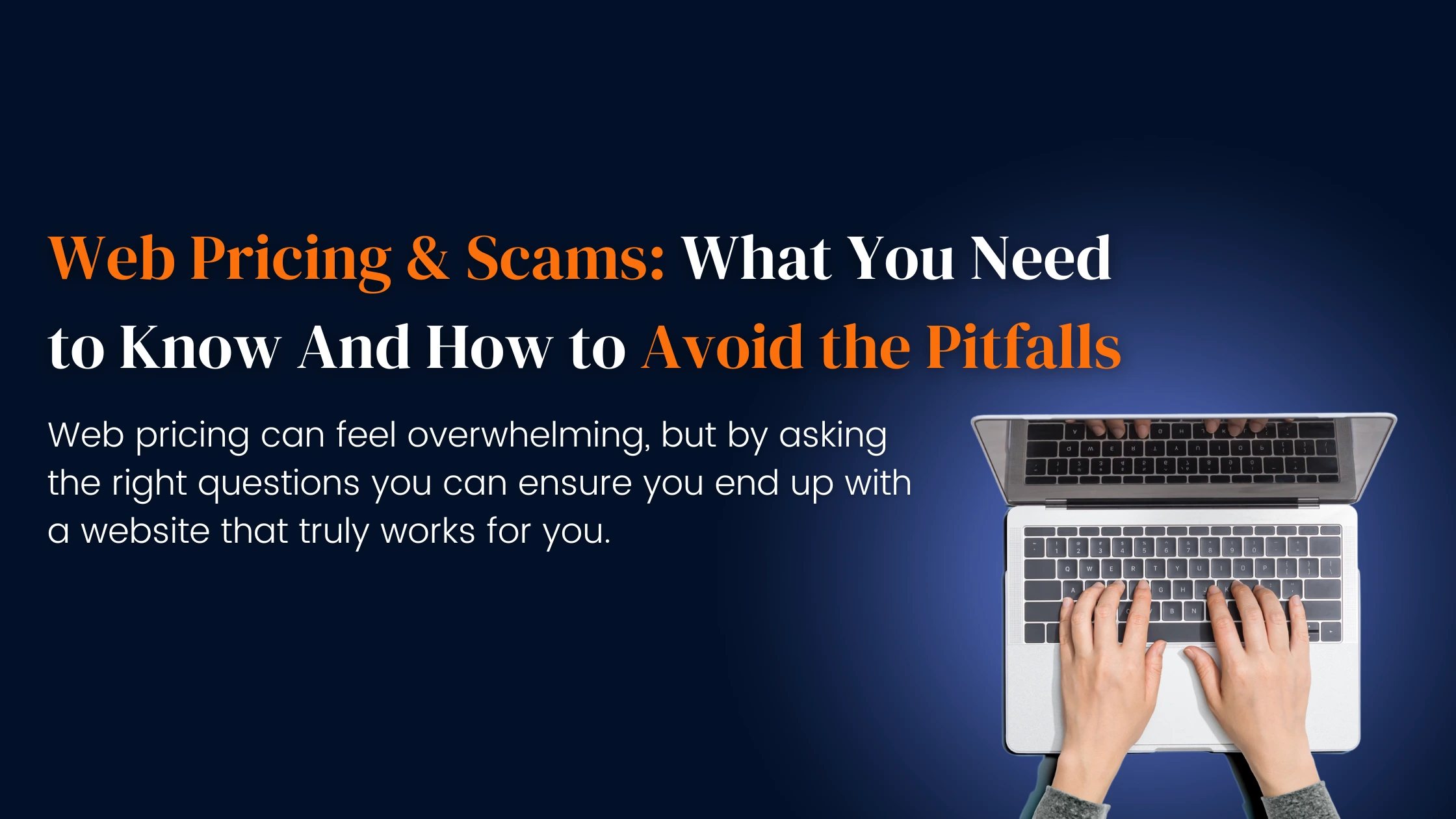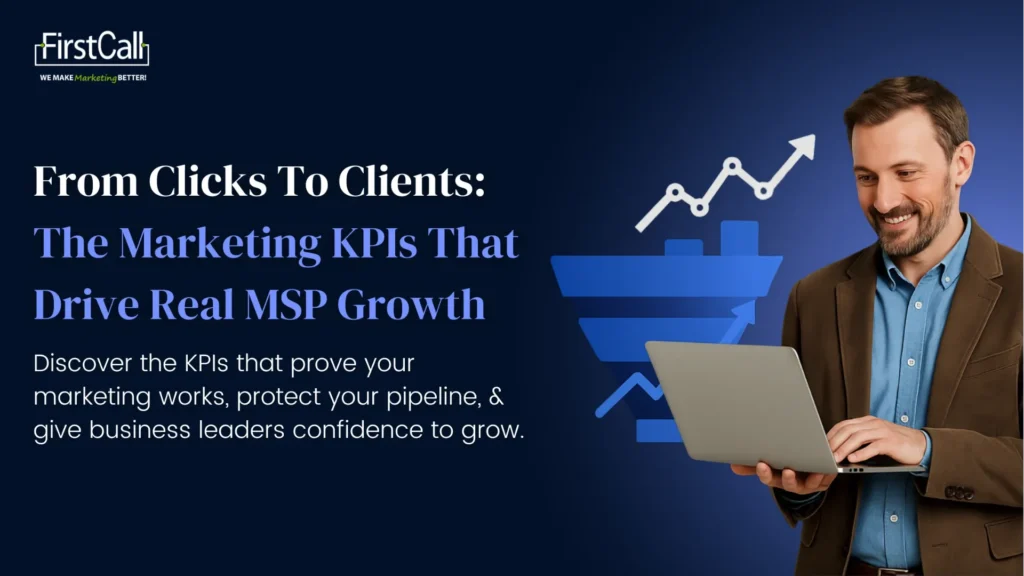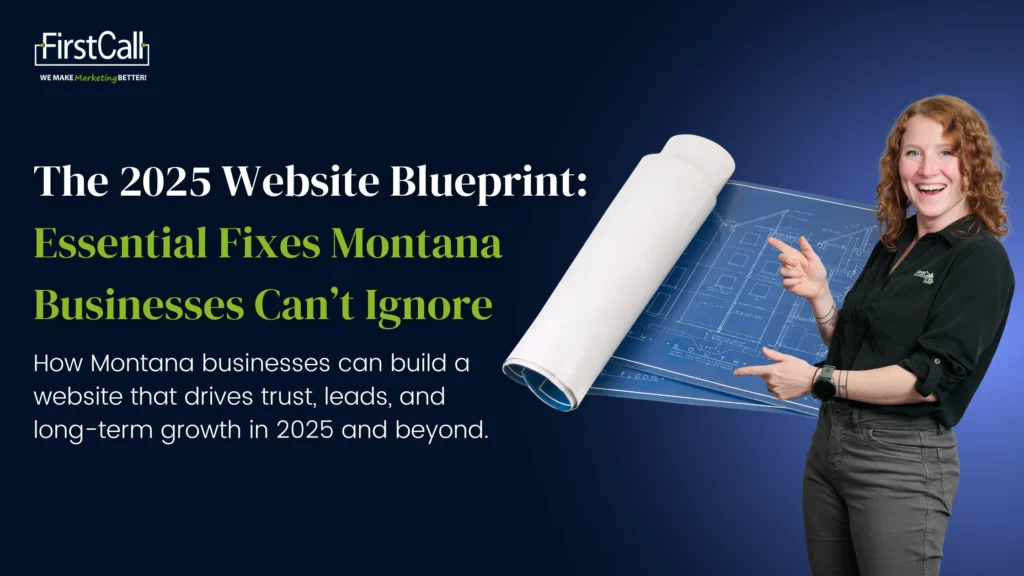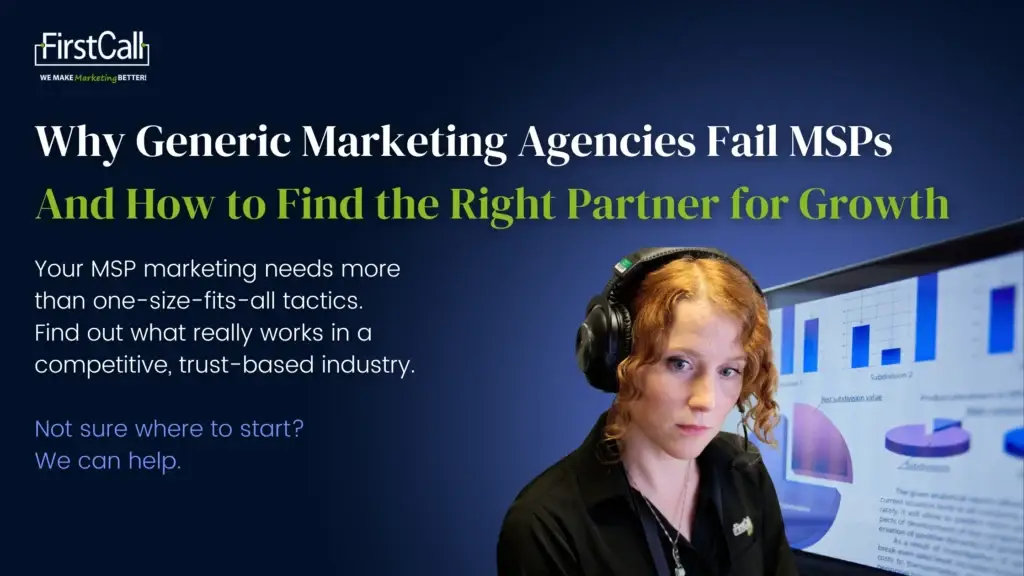Let’s face it—finding a good web design agency feels like trying to find the perfect workout routine. Too many options, and it’s hard to tell what works until you’ve already invested time and money. How much should you really pay? What’s actually worth it? And most importantly, how do you avoid getting ripped off?
We can’t tell you how many times we’ve sat across from business owners who spent thousands on websites that just… don’t work. The stories break our hearts every time. But here’s the thing—you don’t have to become another cautionary tale we share at industry events. With a little insider knowledge, you can spot the red flags before they cost you.
We’ve boiled down years of experience into a simple SCAM framework that’ll help you evaluate any web design proposal. Because honestly, it’s about time someone translated all this tech-speak into plain English.
S is for Security
When a web agency offers you a deal that seems too good to be true, ask yourself: what are they skimping on? More often than not, it’s security. And that’s like investing in fancy workout gear but skipping proper form and technique. You might look good temporarily, but you’re headed for injury.
A solid website needs proper security baked in from day one—encryption, secure payment systems, regular updates to patch vulnerabilities. Without these, you’re basically leaving your digital front door wide open. And trust me, nothing kills customer confidence faster than those scary browser warnings that scream, “THIS SITE IS NOT SECURE!”
How to Protect Yourself:
When chatting with potential agencies, don’t be shy about security questions. Good designers won’t get defensive—they’ll get specific:
- They’ll include SSL certificates (that’s what puts the little padlock in your browser) as standard, not as a premium add-on.
- They’ll have a plan for keeping your site updated against new threats.
- They’ll recommend hosting that includes regular backups in case something goes wrong.
C is for Compliance
GDPR, ADA, CCPA—I know, I know. Alphabet soup that makes your eyes glaze over. But these compliance standards aren’t just legal hoops to jump through—they’re about making sure your website works for everyone.
ADA compliance means people with disabilities can actually use your site. GDPR and CCPA mean you’re respecting people’s privacy. And beyond avoiding lawsuits (which, believe me, are happening more frequently), these standards simply make good business sense. Why would you want to exclude potential customers or make them uncomfortable?
How to Protect Yourself:
When interviewing agencies, listen for specifics:
- Do they talk about testing with actual screen readers or just vaguely mention “accessibility”?
- Can they explain in plain language how they’ll handle cookie notices and privacy policies?
- Better yet—ask to see examples of compliant sites they’ve built for businesses like yours.
A is for Accountability
Have you noticed how the cheapest quotes often come with the vaguest timelines? “We’ll get it done when we get it done” is not a project plan—it’s a red flag, like a fitness trainer who can’t tell you when you’ll see results.
Real professionals build accountability into everything we do. We set clear expectations about when you’ll see progress, how revisions work, and what happens after launch. Because a website isn’t a one-time product—it’s an ongoing commitment, just like your fitness journey.
How to Protect Yourself:
Before signing anything, make sure your agreement includes:
- Actual dates you can circle on your calendar, not just “4-6 weeks.”
- A straightforward explanation of what happens when something breaks at 2 AM.
- A detailed contract that spells out who’s responsible for what (and what happens if those responsibilities aren’t met).
M is for Money
Web design pricing can make airline ticket pricing look transparent. Some agencies quote a number that makes you smile, only to nickel-and-dime you with “add-ons” that should have been standard.
People ask us all the time, “What should a website cost?” And we wish we had a simple answer. The truth is, it depends on what your business needs. But here’s what we know for sure: focus on value, not just price. A good website isn’t an expense—it’s an investment that pays dividends through better customer experiences, stronger conversions, and a professional brand image. Think of it like a gym membership—the cheapest option isn’t worth much if you never actually get results.
How to Protect Yourself:
Ask for a breakdown that includes:
- Exactly what you’re getting for the initial investment.
- What ongoing costs you should budget for (hosting, maintenance, security updates).
- When payments are due and what milestones they’re tied to.
- What it might cost to add features or make significant changes down the road.
How to Avoid the Web Design Scam: The Takeaway
Now that you know what SCAM stands for, here’s the good news: spotting the warning signs gets easier with practice. Keep this mental checklist handy when you’re talking to potential web partners:
- Security: Are they proactively discussing how they’ll protect your site and your customers?
- Compliance: Do they understand the standards that apply to your industry and location?
- Accountability: Can they clearly explain their process and support commitments?
- Money: Does their pricing reflect complete service without surprise extras?
Remember, a great website isn’t just about pretty pictures and clever animations. It’s about building a secure, compliant, and effective digital asset that your customers can trust. Ask the tough questions, listen to your gut, and never settle for less than your business deserves! Just like your fitness journey, there are no real shortcuts—just smart investments in the right foundations.
Conclusion
Finding the right web partner doesn’t have to feel like your first day at a new gym. Armed with these insights and the right questions, you can confidently invest in a website that actually moves your business forward—without the headaches, hidden costs, or security nightmares.
Need a website that’s secure, compliant, and actually delivers results? Let’s chat! Check out our web design services and let’s start building your digital strength together.

